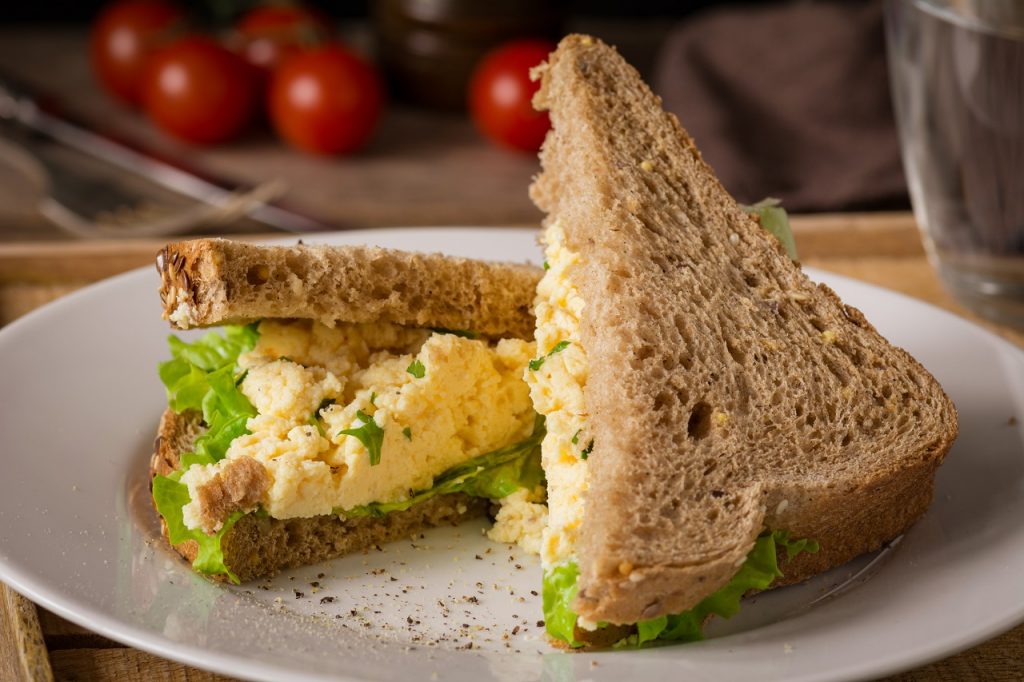 How often do we hear people say, “I am so stressed”? Given the current pandemic scenario, the lockdown and the threat of new variants, we’re sure you might have heard a lot of people say this. While the stress is reasonable, do you know what causes it? Is it the pressure of working from home thwarting your work-life balance, is it the news or could it be the excessive release of stress hormones? If you weren’t aware, just as there are hormones that make you feel good, there’s a stress hormone called Cortisol but it’s not all bad.
How often do we hear people say, “I am so stressed”? Given the current pandemic scenario, the lockdown and the threat of new variants, we’re sure you might have heard a lot of people say this. While the stress is reasonable, do you know what causes it? Is it the pressure of working from home thwarting your work-life balance, is it the news or could it be the excessive release of stress hormones? If you weren’t aware, just as there are hormones that make you feel good, there’s a stress hormone called Cortisol but it’s not all bad.
The cortisol stress hormone management system is released by the adrenal cortex glands in order to regulate blood sugar, blood pressure and the immune system. While it does regulate blood sugar, blood pressure and the immune system, if it is released at a wrong time, it can be harmful. What triggers the rise of this crucial hormone is mental and physical stress, insulin spikes, too many stimulants, overindulgence of processed food and toxicity build up.
Sources Of Chronic Stress Include:
- Lack of sleep and insomnia
- Negative thoughts and emotions
- Sugar cravings and low serotonin levels
- Caffeine and stimulant abuse (more than 2 coffees per day)
- Acidity and Toxicity
- Lethargy and lack of energy
Burning stubborn belly fat has to be one of the most popular stresses that people have and most have a problem dealing with this issue. What we fail to identify is that losing body fat, especially on the lower abdomen, is a hormonal issue.
It’s NOT overeating!
It’s NOT sugar or carbohydrates!
It’s NOT lack of exercise!
The one culprit that can quash your fat burning efforts and leave you with stubborn belly fat is your cortisol and adrenaline hormones. Stress leads to adrenals burning out, and excess cortisol and adrenalin lead to a number of health problems. If prolonged, it can lead to:
- Excess abdomen fat
- A serious drop in testosterone, and rise in estrogen
- Hypertension and anxiety
- Bone, mineral and muscle loss (cortisol is a catabolic hormone and is often elevated)
- High blood sugar and insulin resistance
How Can You Bring Cortisol Levels Under Control?
 Given how high stress levels have been lately due to the pandemic, it is important to manage stress by managing spiking cortisol levels. Dealing with Cortisol can be tricky. If dealt with proper techniques and supplements, one can get the Cortisol levels under control. Here are a few tips to help you out:
Given how high stress levels have been lately due to the pandemic, it is important to manage stress by managing spiking cortisol levels. Dealing with Cortisol can be tricky. If dealt with proper techniques and supplements, one can get the Cortisol levels under control. Here are a few tips to help you out:
- Reduce physical and mental stress by becoming more calm and relaxed. Meditation and pranayama are your allies.
- Exclude sugar and processed foods from your regular diet and replace them with whole organic foods that will help improve digestion and in turn, reward you with a healthier GUT!
- Lower toxicity and acidity which adds stress to the body internally by making the simple shifts in the food choices, thoughts and emotions.
- To take control of Cortisol levels, one needs to learn how to unwind and relax every single day for at least 20 – 30 minutes and learn to take deep breaths and clear the mind. You can also indulge in a hobby you like!
- Meditation and yoga are some excellent ways to relax and bring down cortisol levels effectively.
- Exercise is a true savior and has been shown to reduce cortisol effectively. But a word of caution – don’t overdo it and do it correctly or else it could have the opposite effect.
- Cortisol is at its lowest during sleep. So, make sure you get adequate and good quality sleep. This Sleep Series could help you understand your sleep better.
Additionally, it’s best to steer clear of news and social media updates that stress you out. You can check it once a day to just get an update but there’s no point in indulging in every news article that comes your way, especially if it paints a grim picture. So zone out, take care of your health, keep calm and be stress-free!
We hope this article helps you during these precarious times. For more on stress management, check out Healthy Reads. To learn how to manage stress effectively, ask a GOQii Coach by subscribing for personalized health coaching here: https://goqiiapp.page.link/bsr
Stay home, keep calm and #BeTheForce!
 If you woke up this morning thinking about eating eggs, then you’ve come to the right place. Like with all my other recipes, I’m going to be putting a twist on traditional eggs by making a full meal out of them using veggies and healthy carbs. While sandwiches are considered to be a “shortcut breakfast”, this Masala Egg Sandwich is best eaten as a meal!
If you woke up this morning thinking about eating eggs, then you’ve come to the right place. Like with all my other recipes, I’m going to be putting a twist on traditional eggs by making a full meal out of them using veggies and healthy carbs. While sandwiches are considered to be a “shortcut breakfast”, this Masala Egg Sandwich is best eaten as a meal! 




